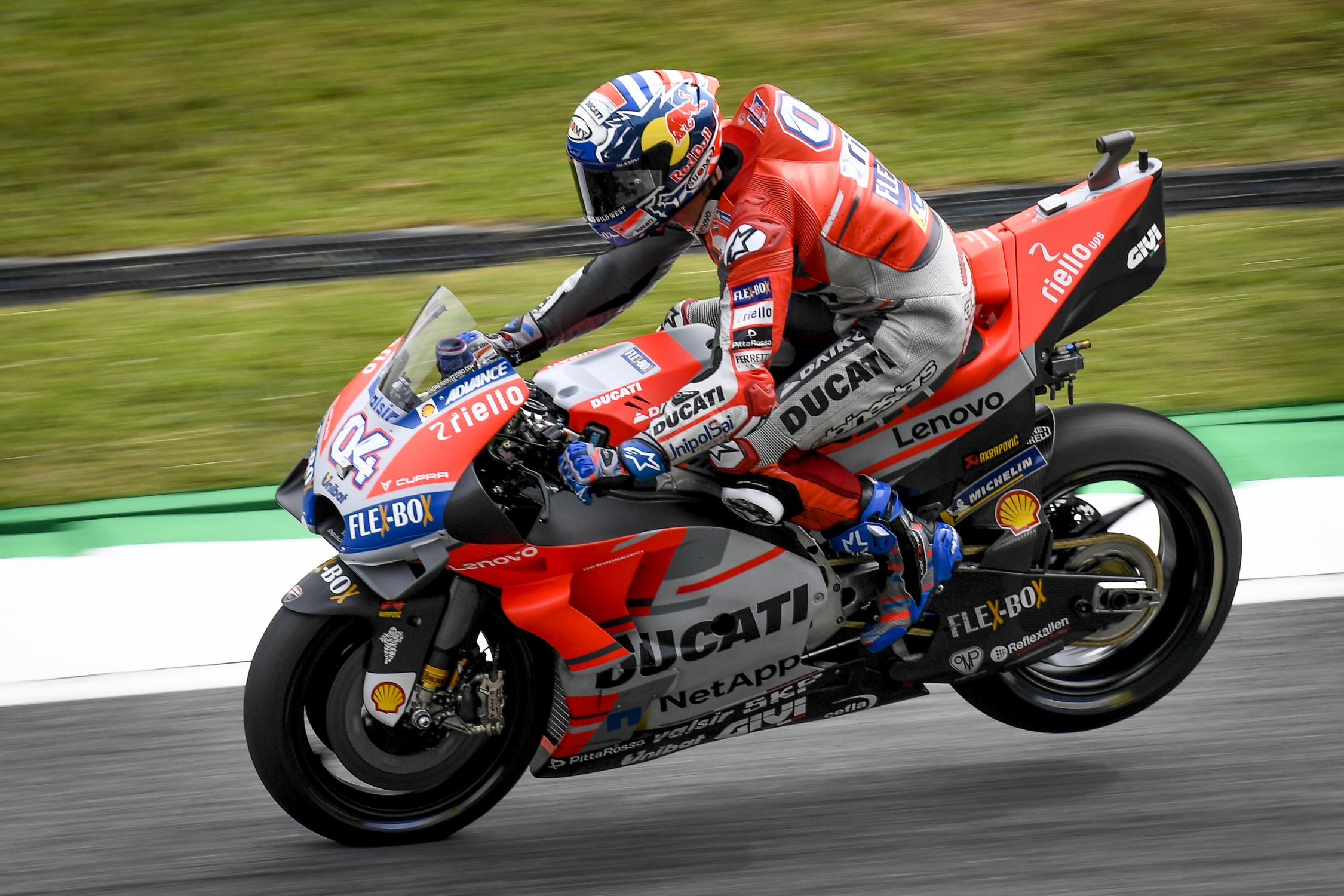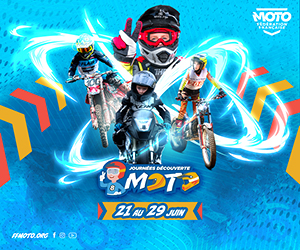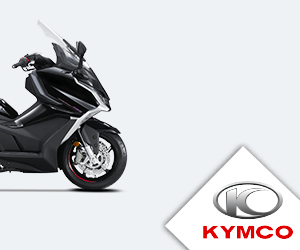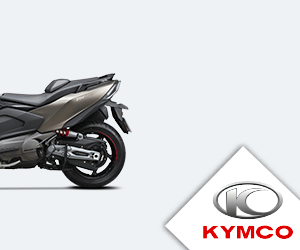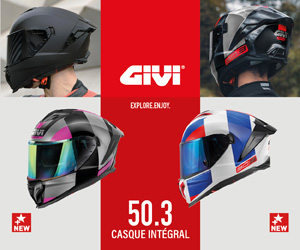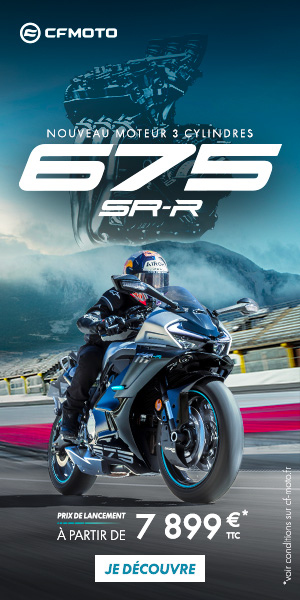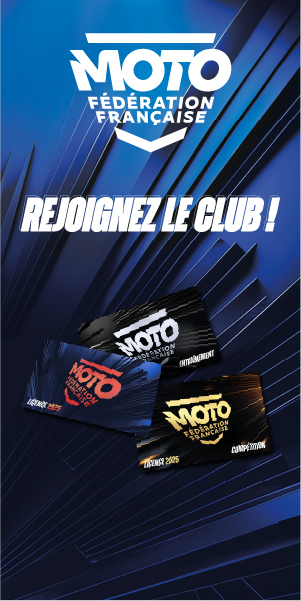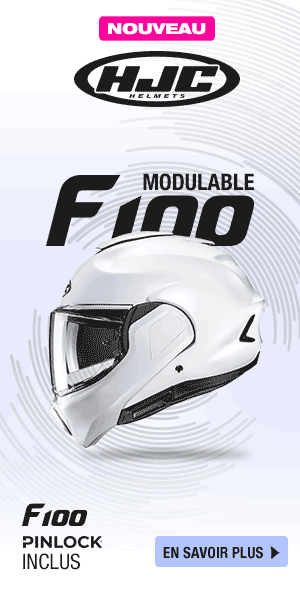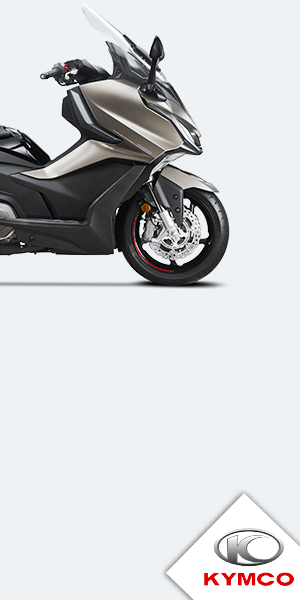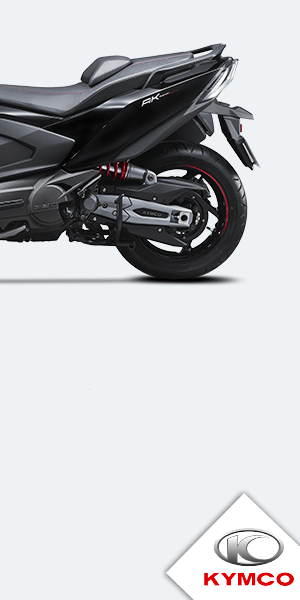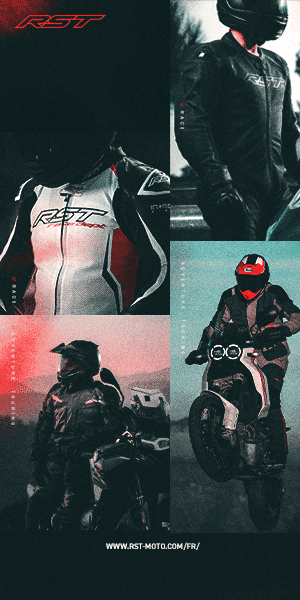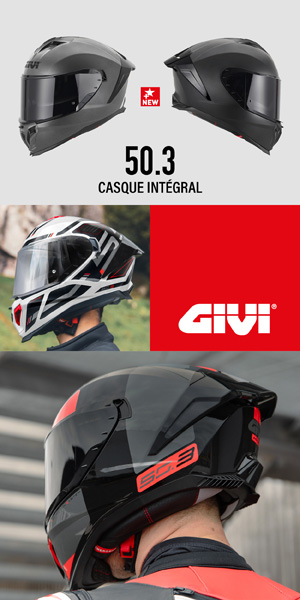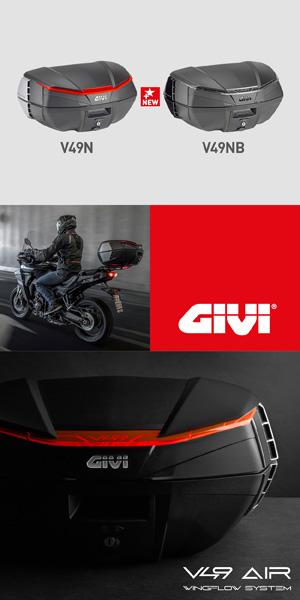The adjustments of a MotoGP prototype are not limited to the engine, chassis or suspension: to win a race, every detail counts! On the road, we rarely use the rear brake, but for MotoGP riders, it regularly allows them to stabilize the bike and thus gain a few precious tenths of a second.
We're going to detail four different rear brake settings, each with distinct characteristics. But why are these settings so important?
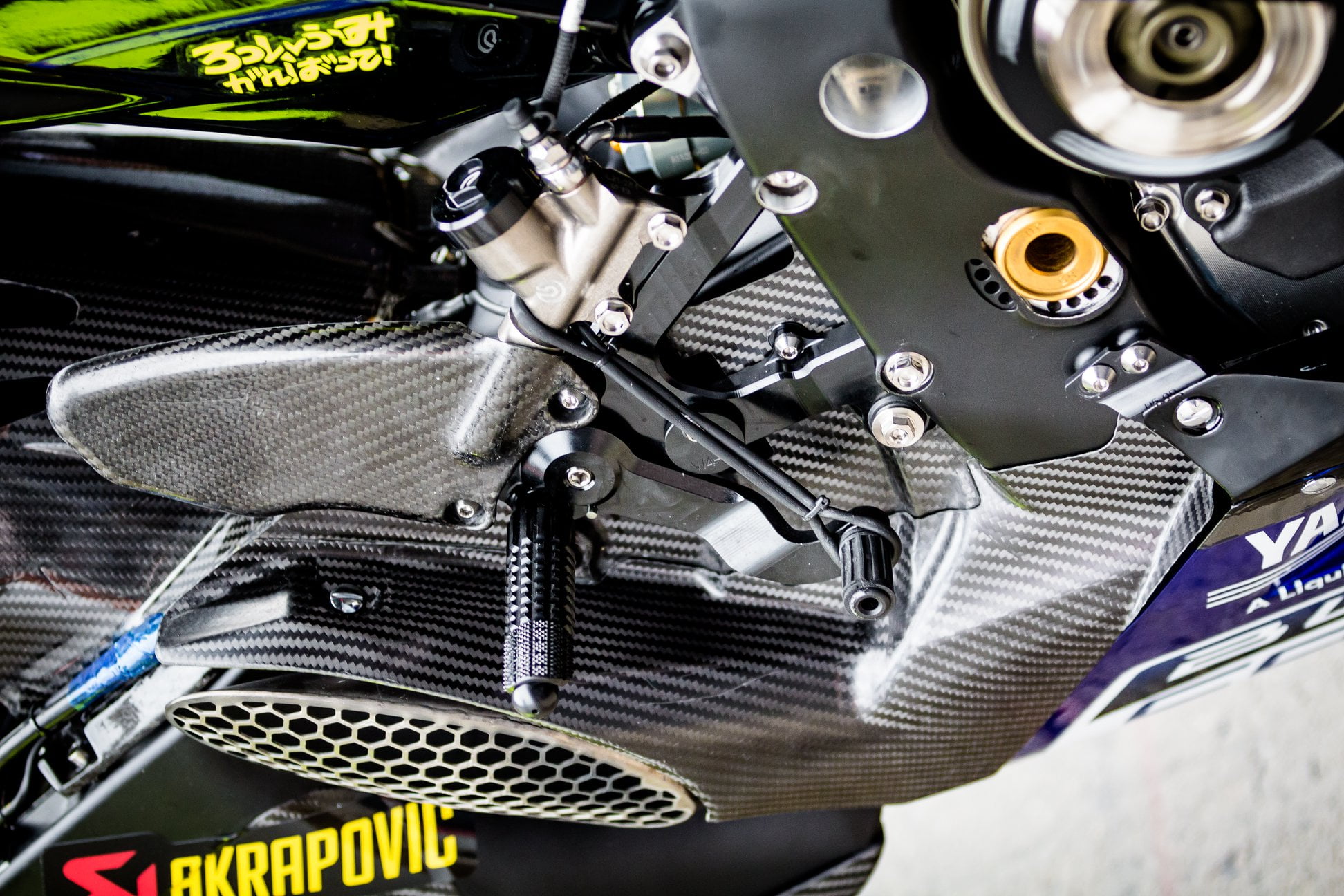
Valentino Rossi rear brake lever
In fact, the feel of the rear brake pedal is one of the most important things to be able to use it correctly. A rider must be able to feel and know how much pressure he is putting on the brake to be accurate.
To do this, Valentino Rossi uses the traditional method of tying a rubber band between the frame, in this case the master cylinder, and the lever, making the lever much stiffer as Valentino Rossi press it.
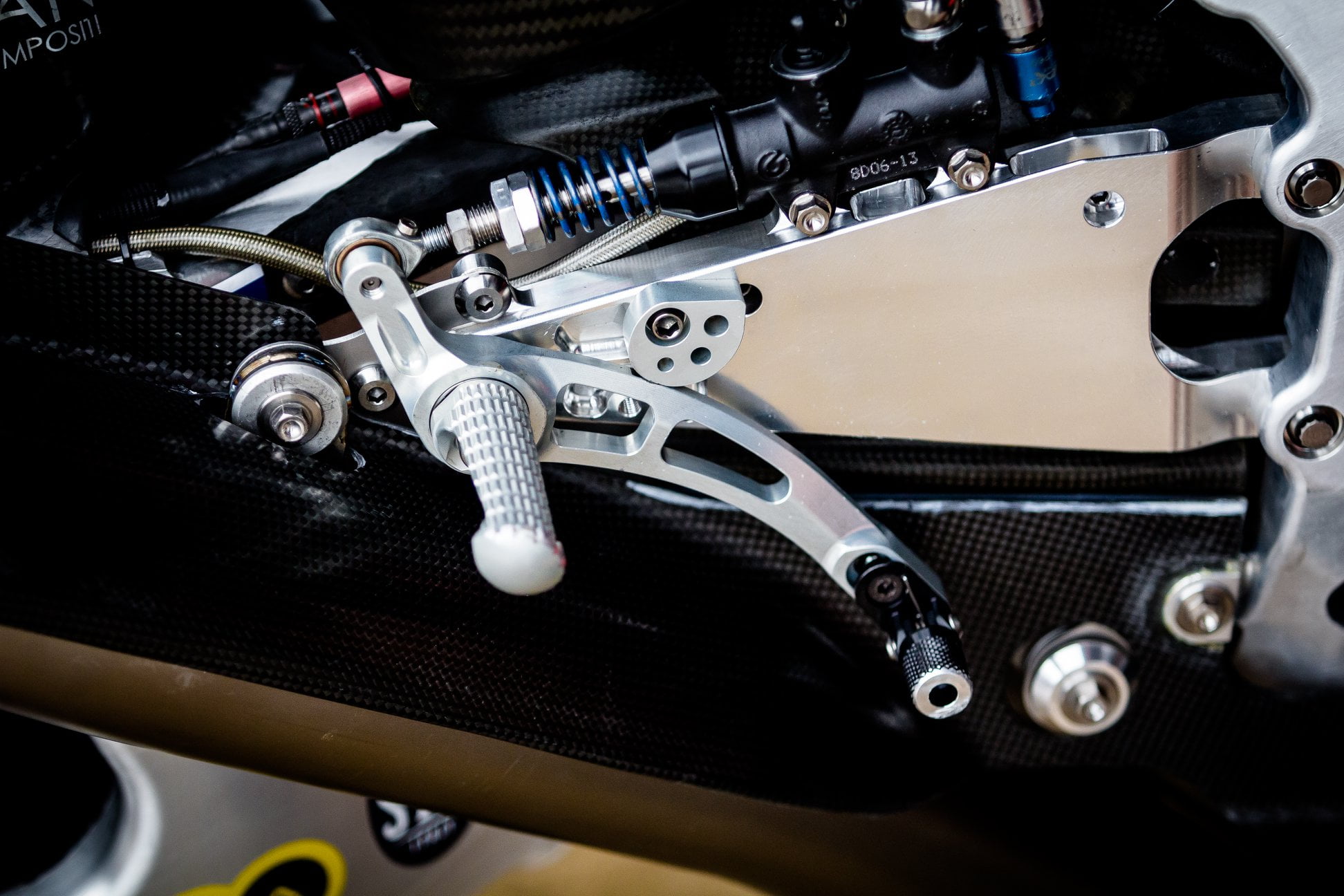
Here's a setup from one of last year's Aprilias
It is equipped with a classic spring positioned on the piston pin of the master cylinder. The color of the spring indicates its stiffness, with riders often trying springs with different strengths until they find the one best suited to their riding.
We know, for example, that Jack Miller likes as stiff a spring as possible for the rear brake, as it needs as much feel as possible.
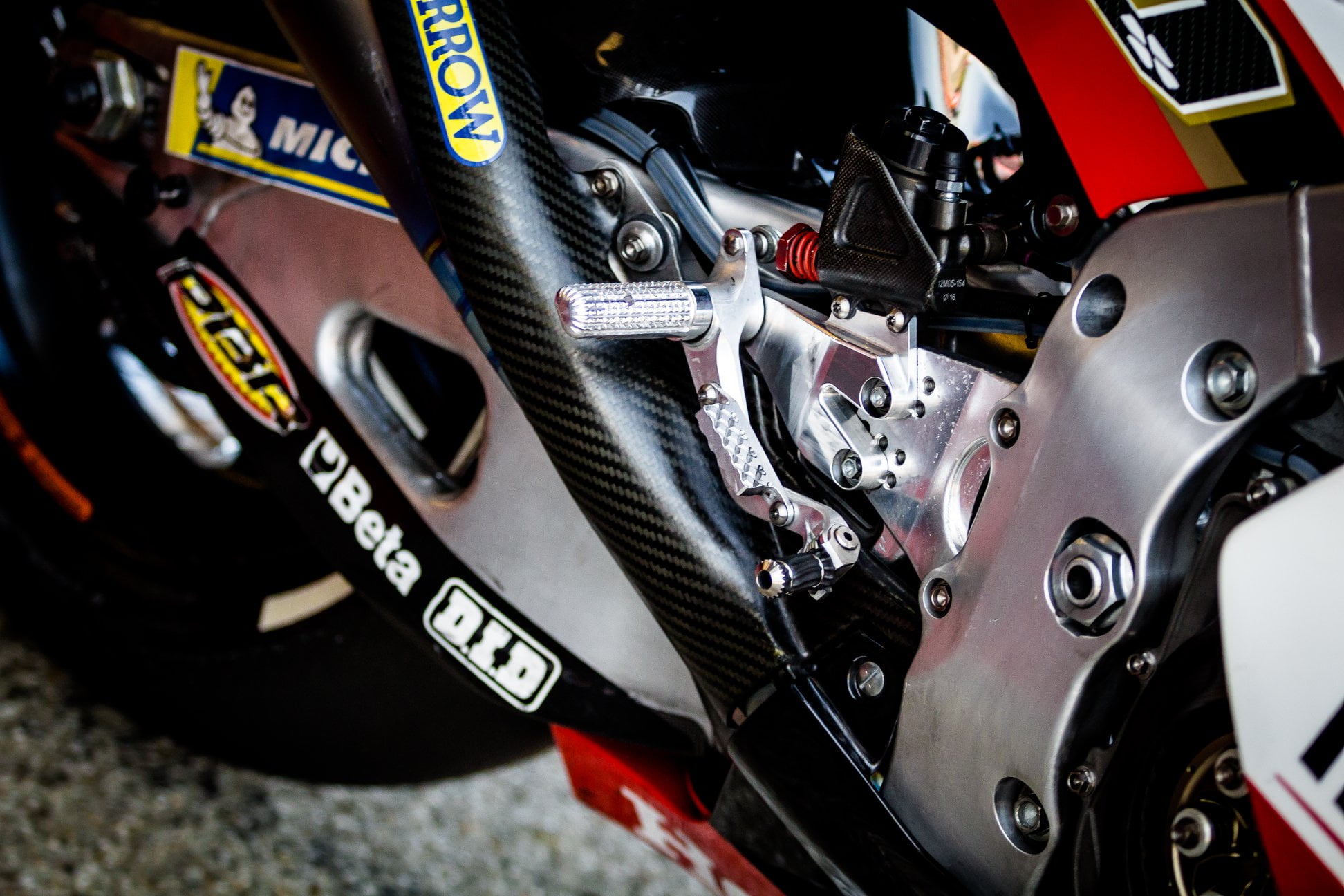
Here is Takaaki Nakagami's setup.
Takaaki Nakagami also uses a spring to improve its sensation of the lever but we also notice the presence of an additional part on the lever itself
This rectangular part bolted to the lever is intended to facilitate the use of the rear brake in case of high inclination. Pilots can sometimes have difficulty reaching the lever when they are at the maximum angle (around 65°), so they choose to have an additional surface, which allows them to reach the lever more easily.
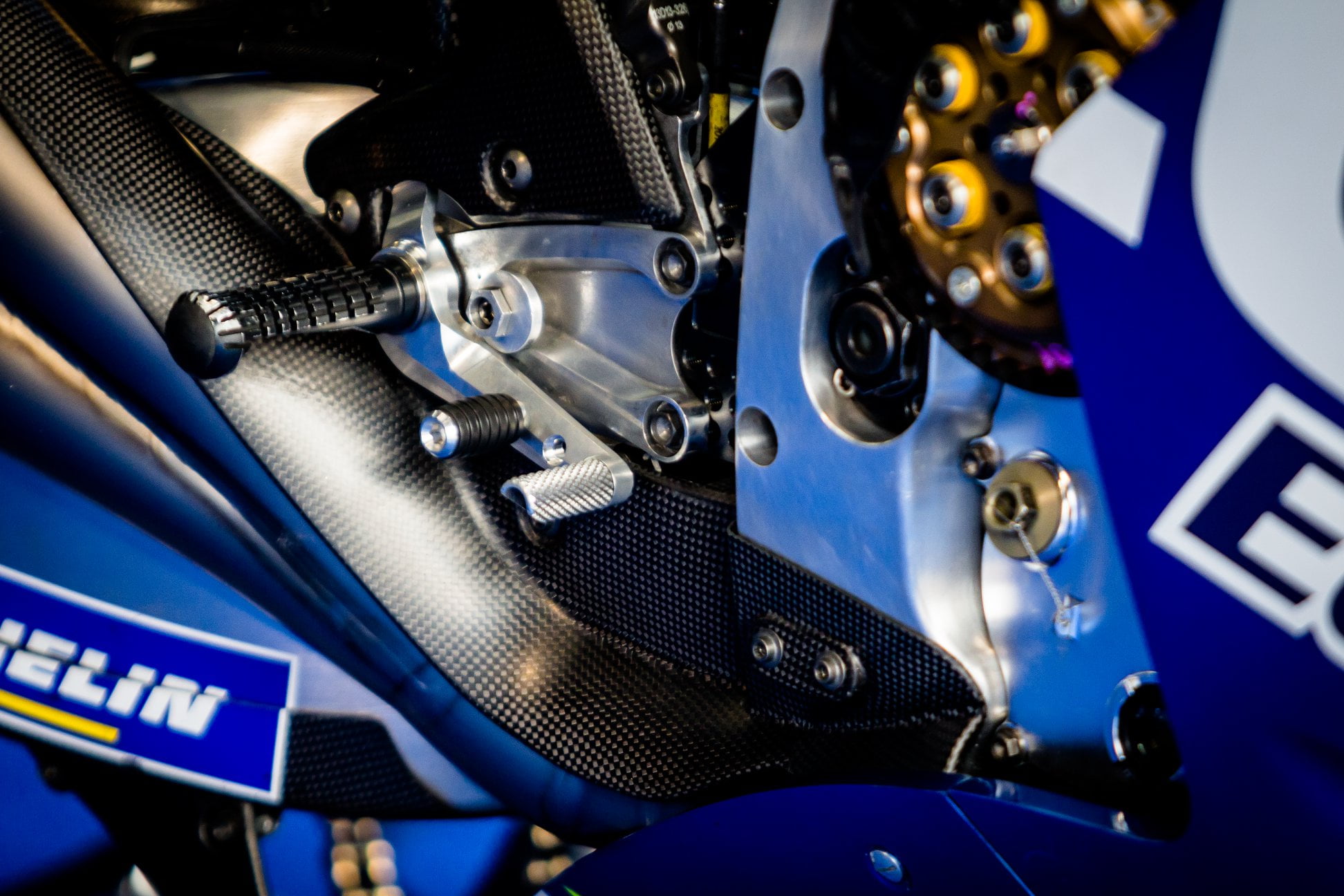
The setting of Álex Rins
Alex Rins has a similar system on its Suzuki, but instead of a rectangular surface, it looks like a brake lever with two positions: a normal one for straight lines, and a shorter one for using it on curves.
We also note the presence of an eccentric just above the brake lever, attached via a nut. It limits the high position of the rear brake lever. This eccentric can be turned to push the lever lower to pressurize the rear brake circuit to get closer to the pad lick point (the point where the pads contact the rotor). This is a comfort setting, with some riders preferring a longer lever stroke, with a dead zone before the pads contact the disc, others preferring a shorter lever stroke and more immediate attack.












